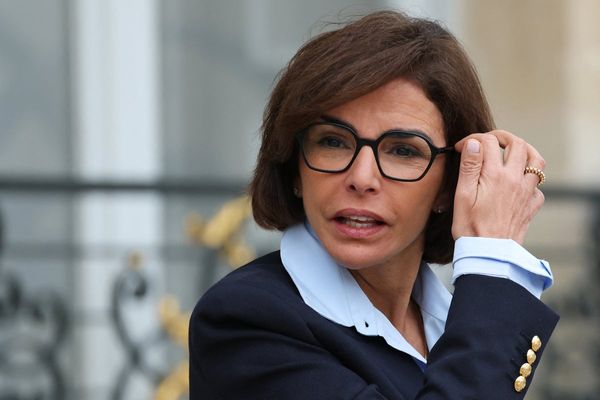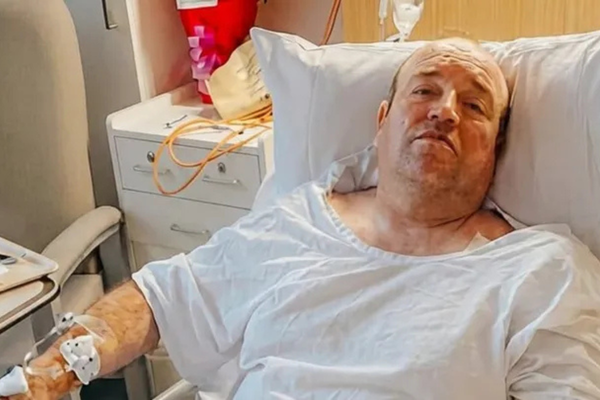
Africa's private assets industry may be approaching a moment of reckoning. For years, optimism around the continent's growth story has drawn significant private capital, but much of that capital may now be trapped in illiquid portfolios. The result, according to Marc Lasserre, Managing Partner of S.O. Capital Advice, is an industry "overfed" with assets yet starved of liquidity.
Lasserre believes this imbalance is setting the stage for an important shift. "At the end of 2025, we're at a point of change in the private assets industry in Africa," he notes. "Investors have amassed an enormous amount of assets that have not been liquidated as planned. They need to digest what's already on their balance sheets before they can invest again."
He traces the problem to the cycle of funds raised in the early 2010s, when, he believes, Africa was seen as the next frontier for growth. Those funds, many structured as ten-year closed-ended vehicles, were designed to invest for roughly five years and then divest over the following five. "If you count from 2013 or 2014, those funds should have started exiting around 2019," Lasserre emphasizes. "But the pandemic came, and everything froze."
While developed markets rebounded relatively quickly, Lasserre notes the disruption in Africa lasted far longer. "I believe that a lack of vaccines, limited government support, and fragile infrastructure may have caused many companies to suffer deeply. When it came time to sell, investors found that the companies needed time to recover," Lasserre explains. "By 2024, the pandemic was old enough, but the assets were still stuck. That's why we are now at a turning point."
Lasserre believes that the solution lies in the secondary market, a mechanism that may allow investors to sell existing private assets to new buyers, freeing capital without waiting for traditional exits. He says, "Secondary transactions can allow investors to organize liquidity on older portfolios so they can reinvest in new priorities. It's a way to keep the market alive."
He argues that a more active secondary market could help African private assets reach their next stage of maturity by reviving stalled capital and opening doors for new participants. "For new entrants, secondary transactions are more transparent," he says. "When you buy into a secondary portfolio, the assets are already there. You see what you're investing in. It's less of a blind pool." That visibility, he suggests, could attract institutional investors who have hesitated to enter the market due to market opacity and risk perception.
Lasserre's confidence in this approach stems from experience. A lawyer by training, he spent over two decades working in private equity and mergers and acquisitions. Through S.O. Capital Advice, he's built strategies aimed at executing Africa's secondary transactions since 2013, encountering growth potential as well as obstacles.
Those obstacles, he believes, include liquidity gaps, inconsistent financial reporting, and limited participation from African investors themselves. "Over the long term, it's essential for African institutions to play a greater role," Lasserre says. "The continent shouldn't rely indefinitely on capital coming from outside the continent. Developing its own base of institutional investors is a pivotal step toward self-reliance."
Ultimately, Lasserre sees this moment as both a challenge and an opportunity, and he's solidifying that moment at a conference in Cape Town, South Africa. Taking place in December 2025, he aims to expand on his insights, taking center stage with a speech on the prevalence of the secondary market and the emergence of secondary market transactions on African private assets.
As Lasserre questions whether the continent's private assets industry can evolve fast enough to sustain itself, he believes that the answer depends on whether management companies and investors are ready to embrace the next stage, where liquidity won't remain an afterthought, but rather the foundation for long-term growth.







